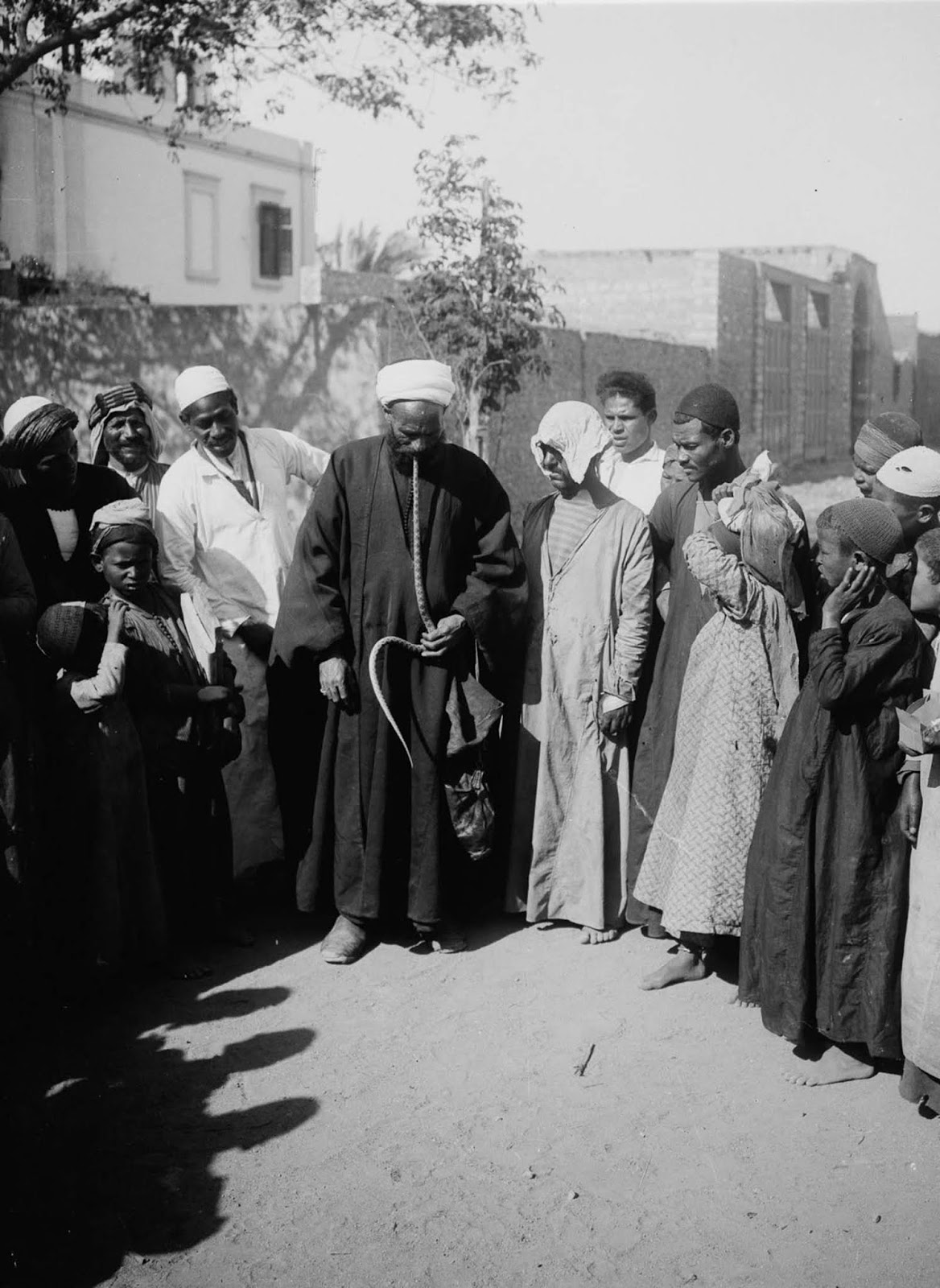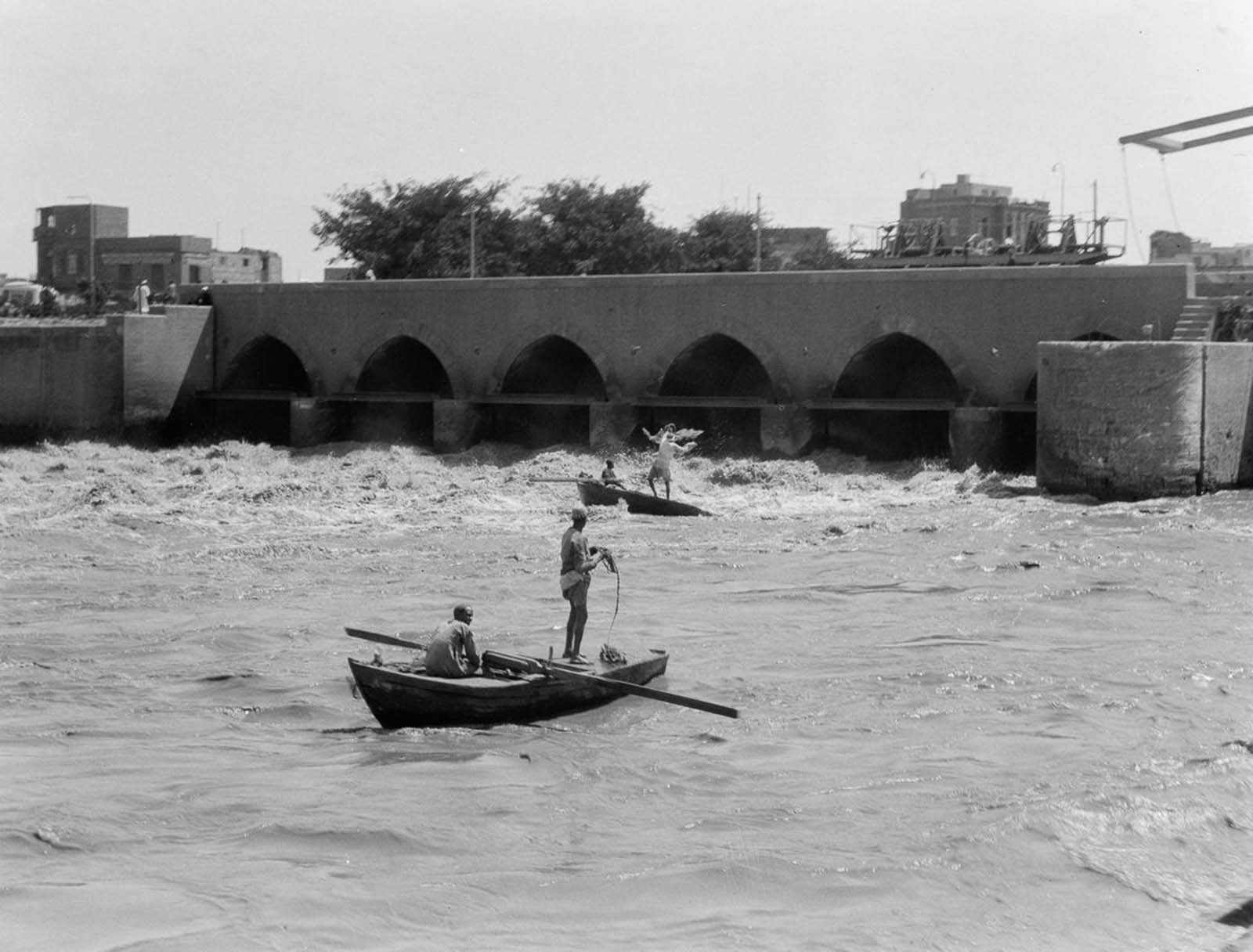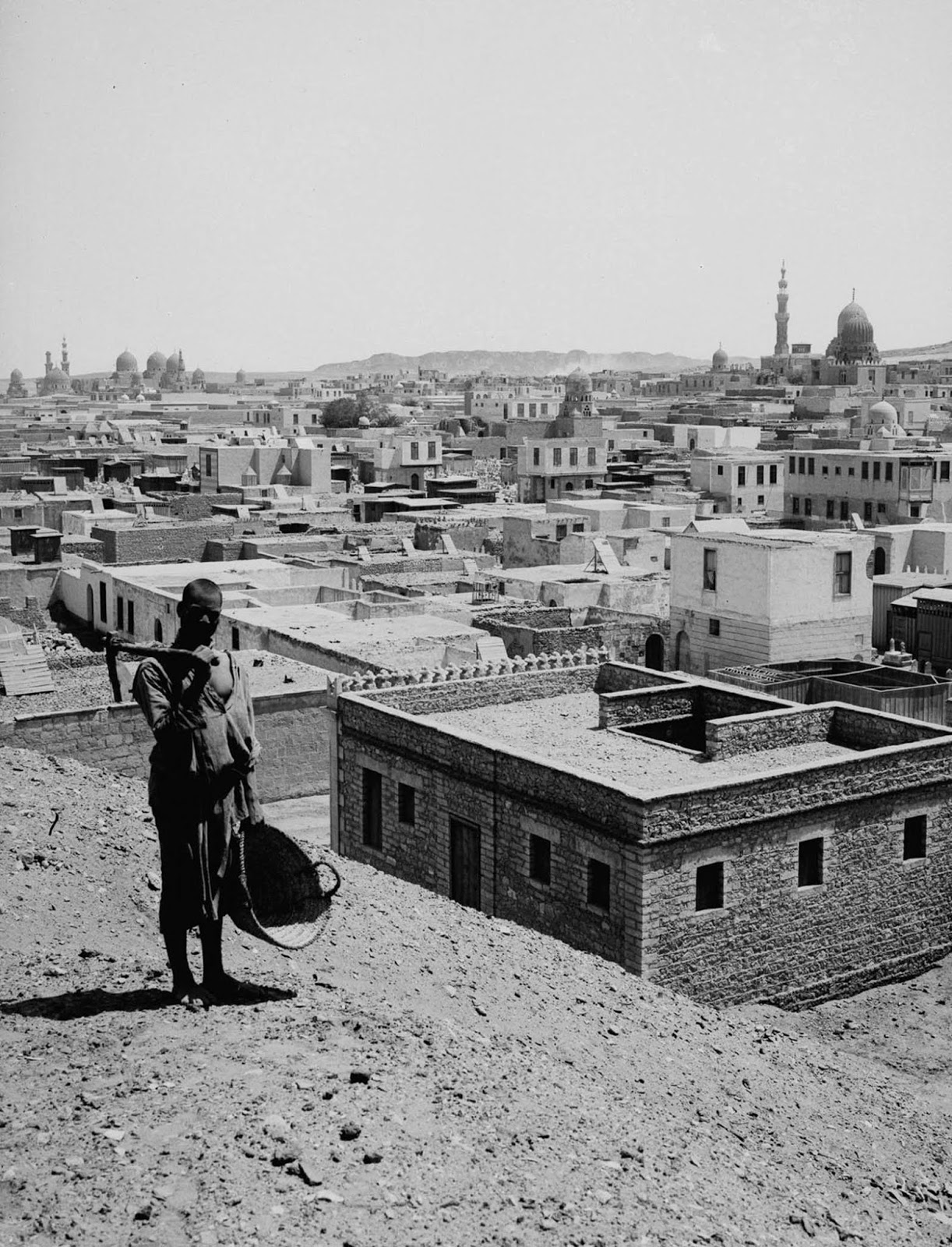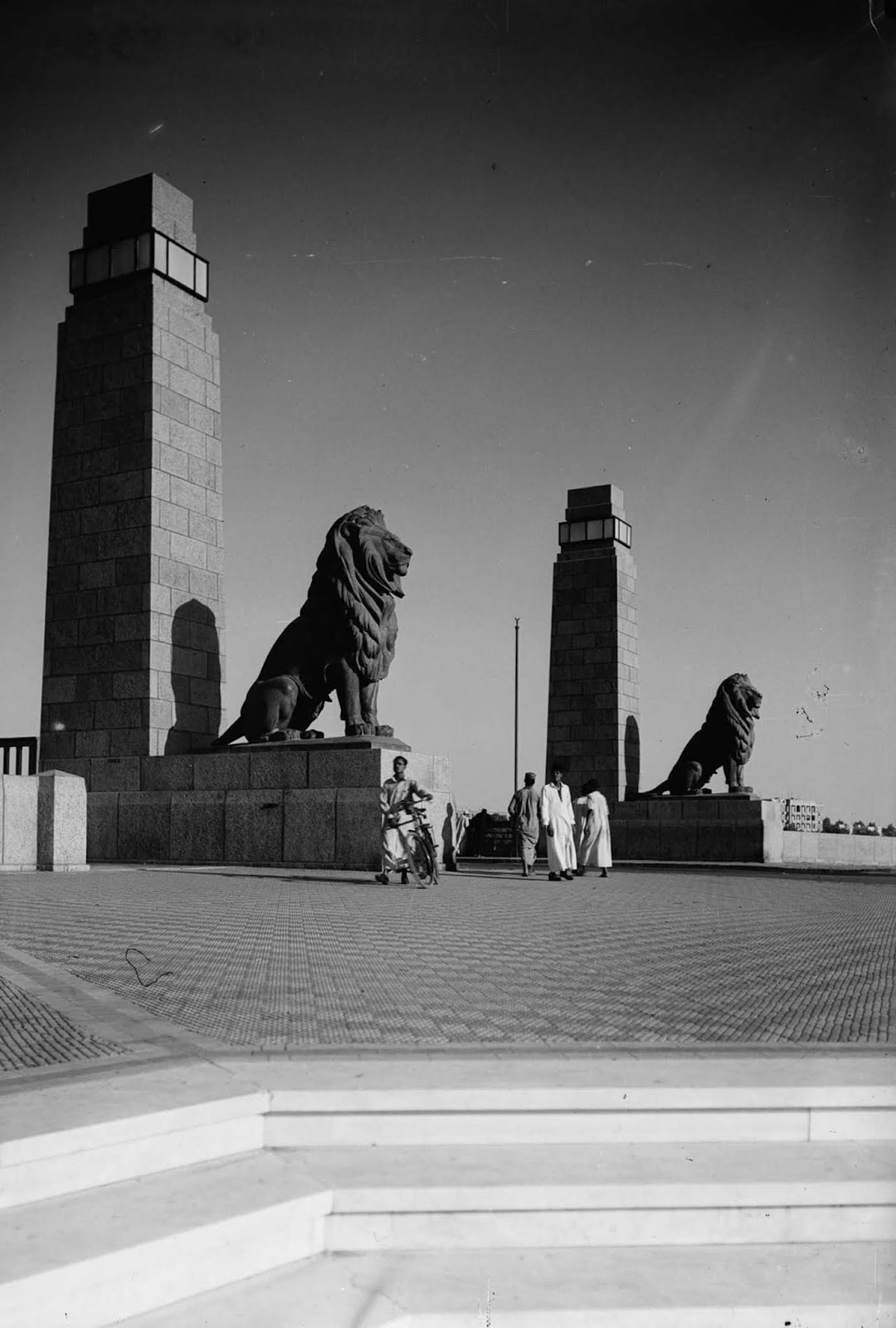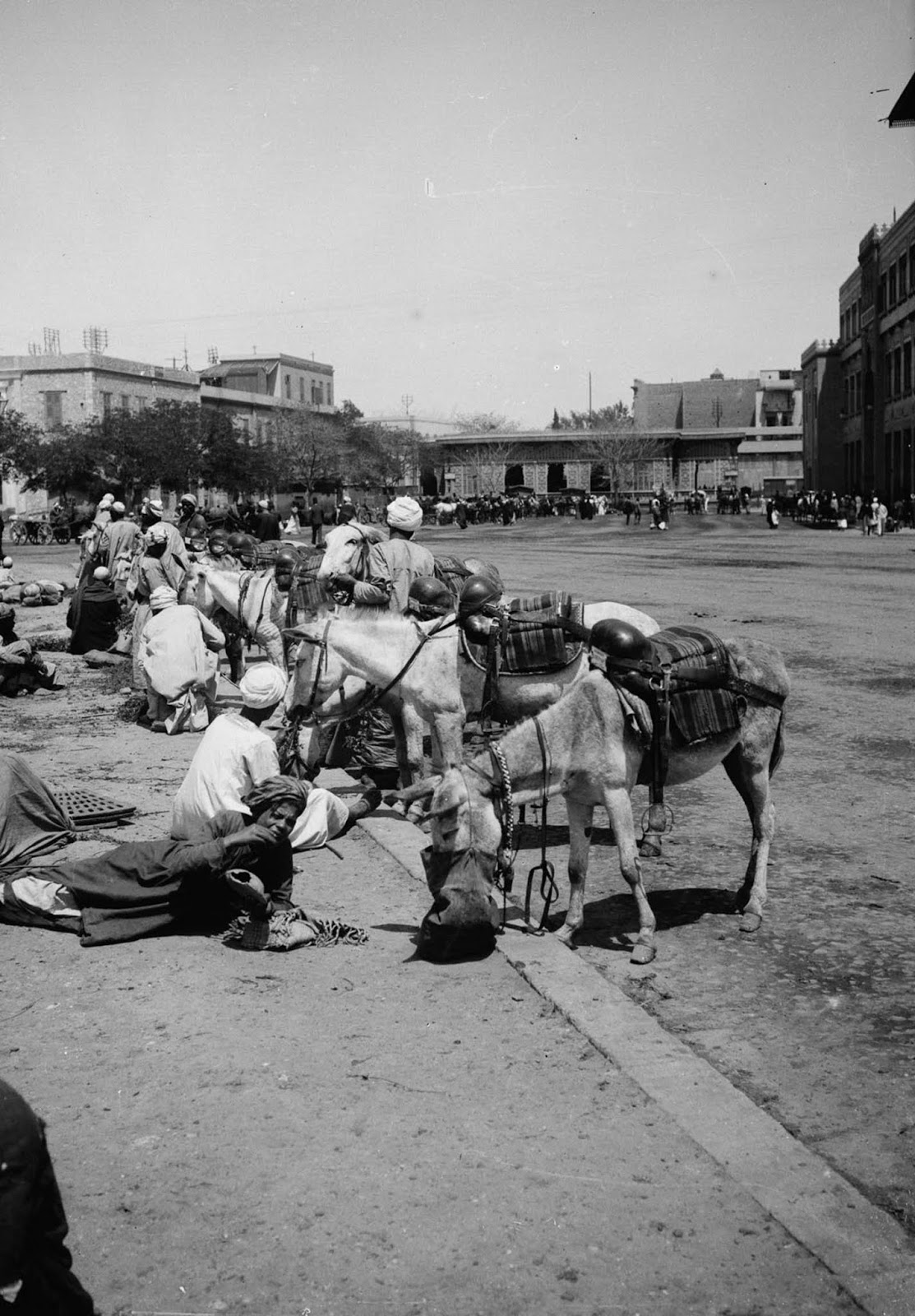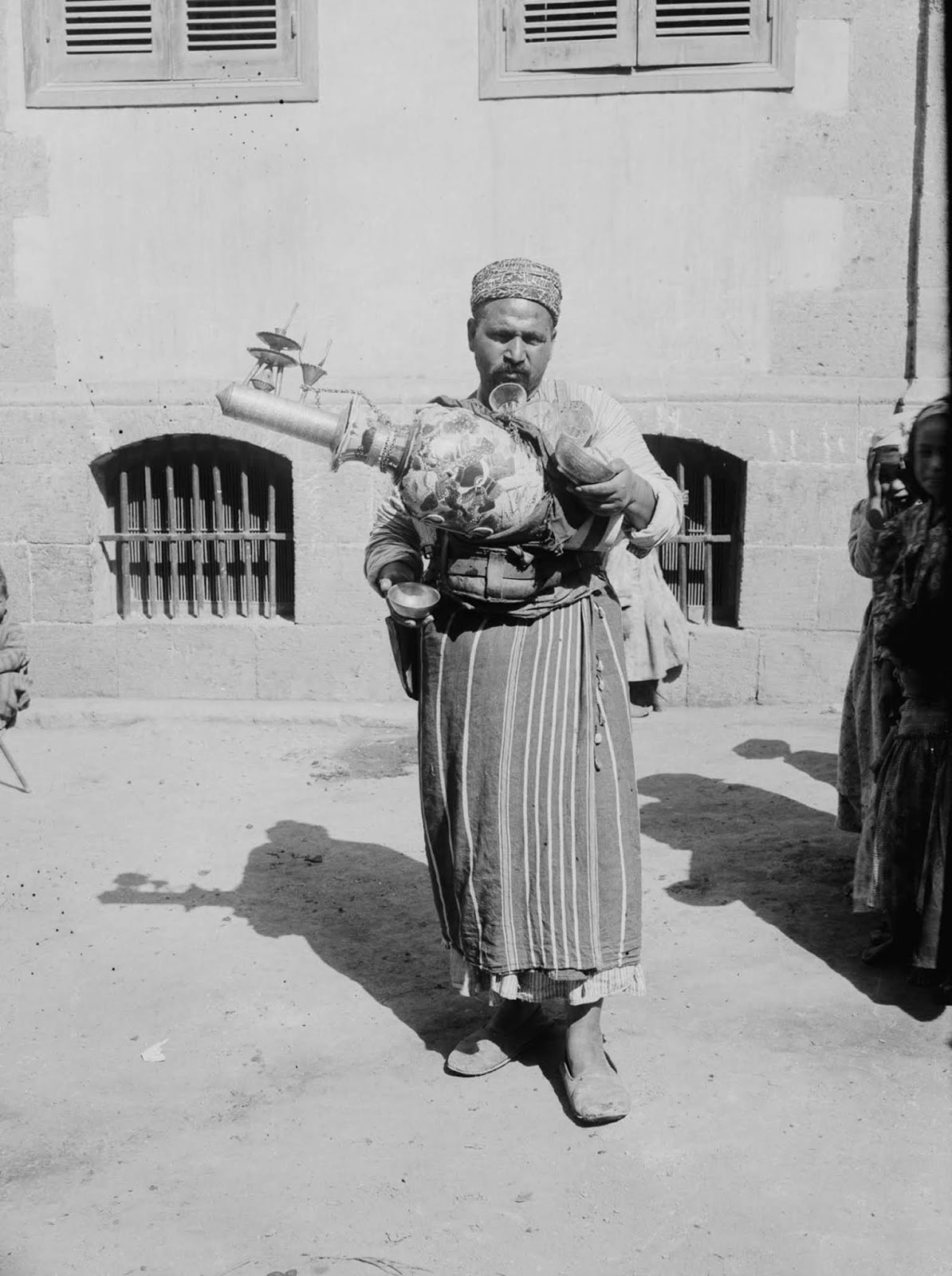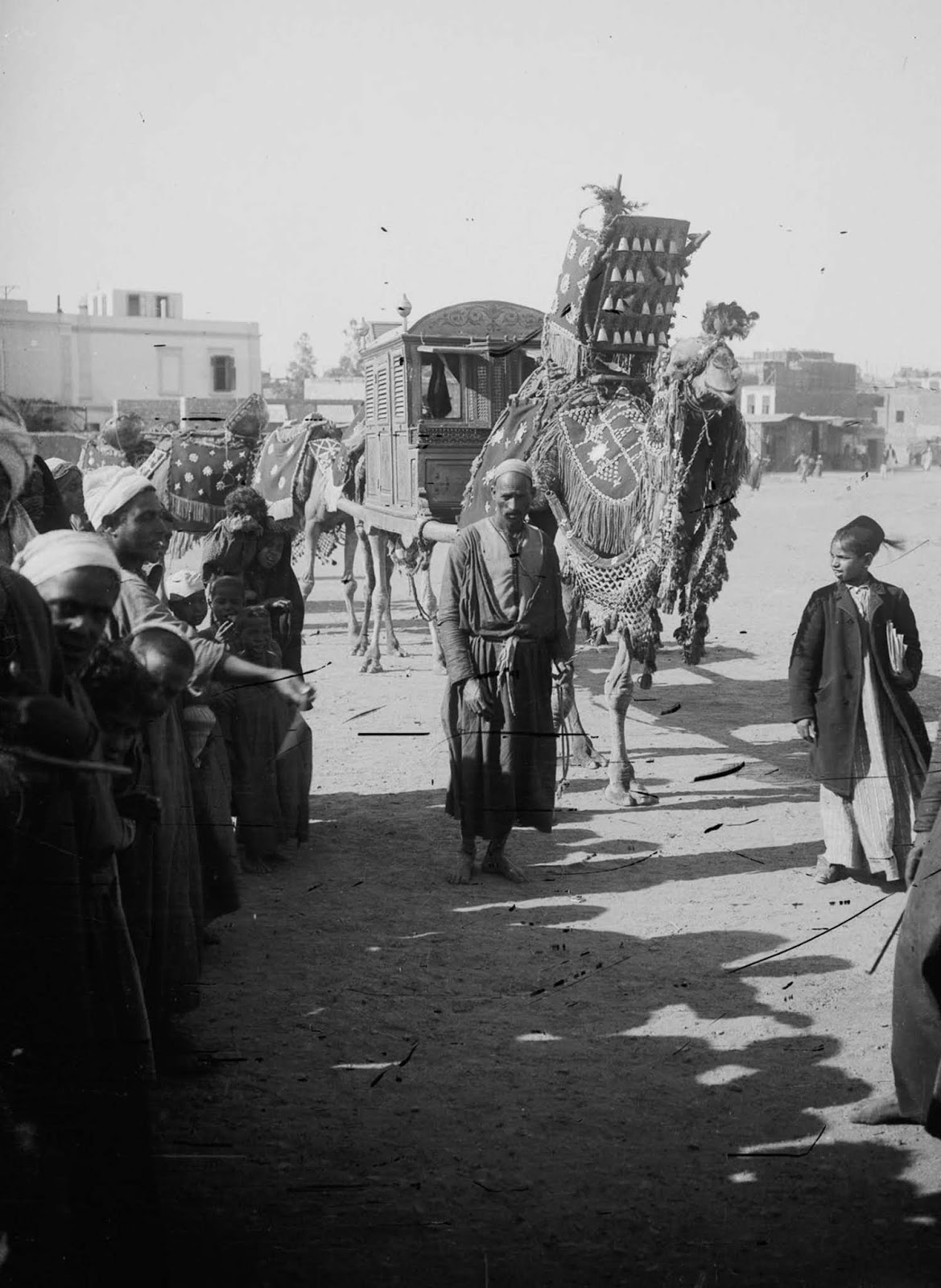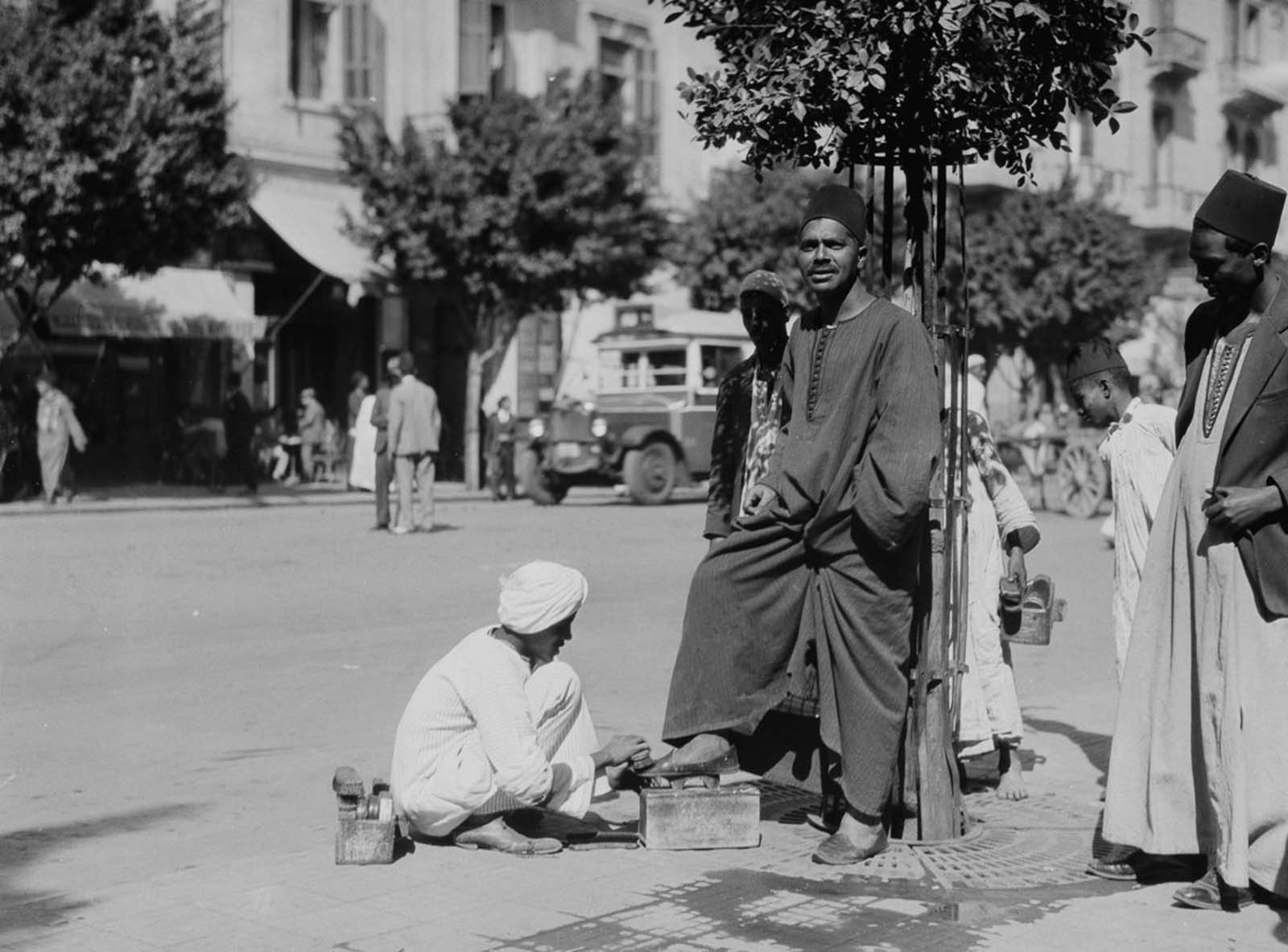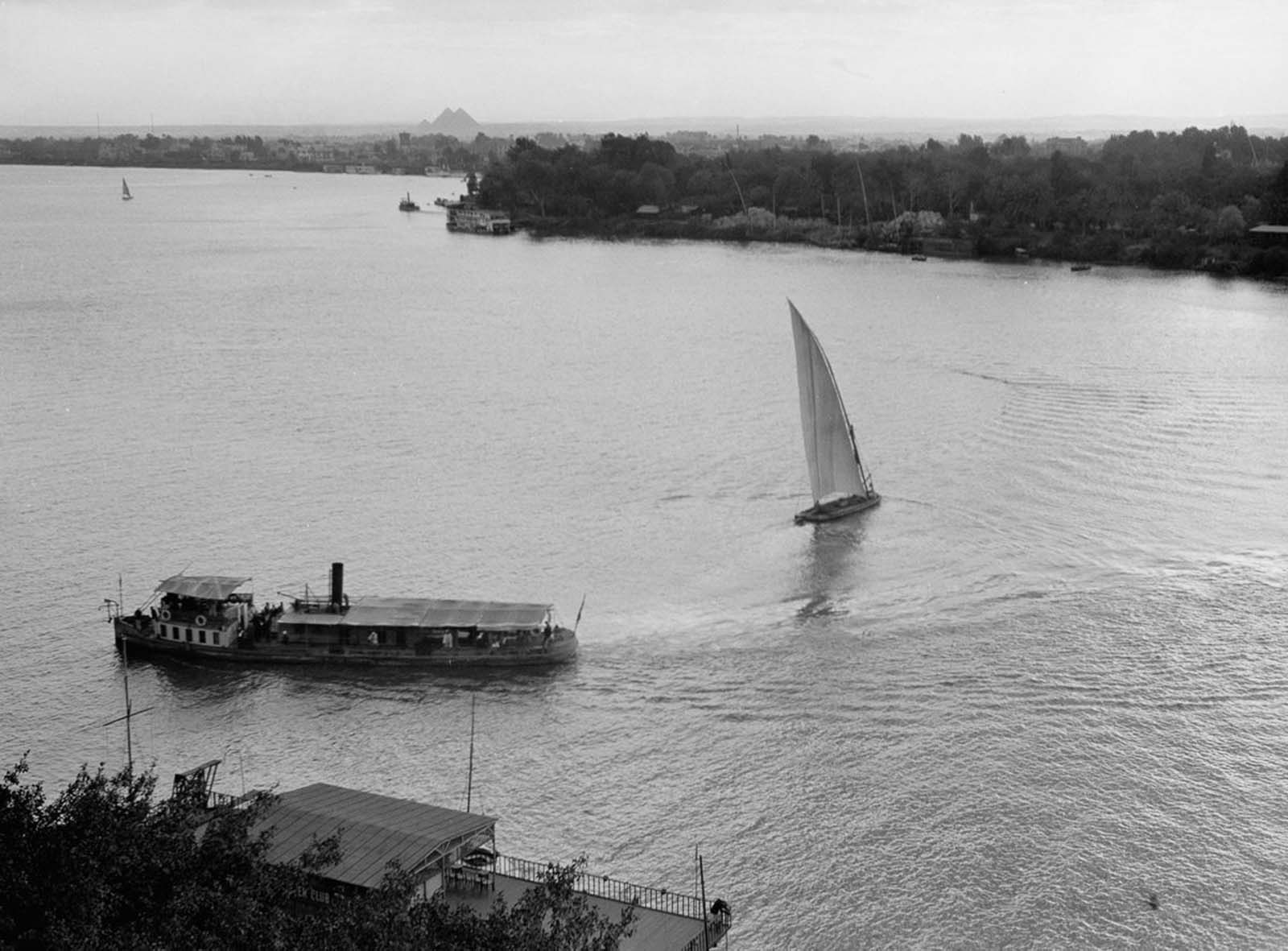The foundations of Cairo were laid in AD 969 by the Fatimid dynasty, but the city’s history goes further back than that. There was an important ancient religious center at On (modern-day Heliopolis). The Romans built a fortress at the port of On, which they called Babylon, while Amr Ibn Al-As, the general who conquered Egypt for Islam in AD 642, established the city of Fustat to the south. Fustat’s huge wealth was drawn from Egypt’s rich soil and the taxes imposed on Nile traffic. Tenth-century travelers wrote of public gardens, street lighting, and buildings up to 14 floors high. Yet when the Fatimids marched from modern-day Tunisia near the end of the 900s, they spurned Fustat and instead set about building a new city. Construction began on the new capital when the planet Mars (Al Qahir, ‘the Victorious’) was in the ascendant; thus arose Al Madina Al Qahira, ‘the City Victorious’, the pronunciation of which Europeans corrupted to Cairo. Many of the finest buildings from the Fatimid era remain today: the great Al Azhar Mosque and the university is still Egypt’s main center of Islamic study, and the three great gates of Bab An Nasr, Bab Al Futuh, and Bab Zuweila straddle two of Islamic Cairo’s main thoroughfares. The Fatimids did not remain in power long, but their city survived them and, under subsequent dynasties, became a capital of great wealth, ruled by cruel and fickle sultans. This was the city that was called the Mother of the World. Cairo declined after the mid-14th century, however, when bubonic plague, also known as the Black Death, struck the city, decimating its population, which it also did to much of Europe. The Ottomans conquered Cairo in 1517 and ruled there until 1798 when the area was captured during an expedition led by Napoleon I of France. Ottoman rule was restored in 1801, but by the middle of the 19th century, Egypt’s foreign debt and the weakness of the Ottoman Empire invited greater European influence in Cairo. The Viceroy Ismail Pasha, who ruled from 1863 to 1879, built many European-style structures in the city and used the occasion of the opening of the Suez Canal northeast of Cairo in 1869 to showcase the city for the European powers. However, much of the development that took place during this period was funded by foreign loans, which led to an increase in the national debt and left Cairo vulnerable to control by Great Britain. The British effectively ruled Egypt from Cairo from the late 19th century through the period after World War I (1914-1918), when the foreign presence in Cairo began to diminish. Cairo’s population grew rapidly during the war years, reaching 2 million by the outbreak of World War II in 1939. Since that time, the city has continued to boom in terms of both population and development. (Photo credit: Library of Congress). Notify me of new posts by email.
Δ Subscribe


